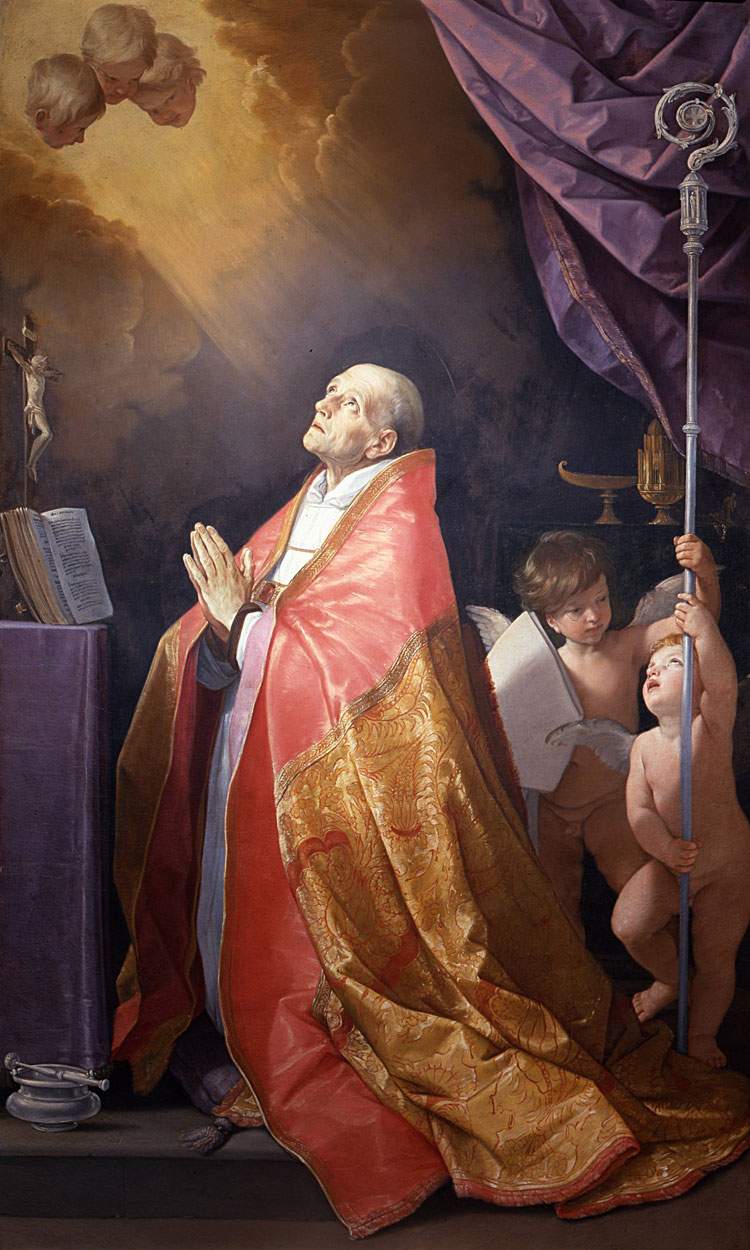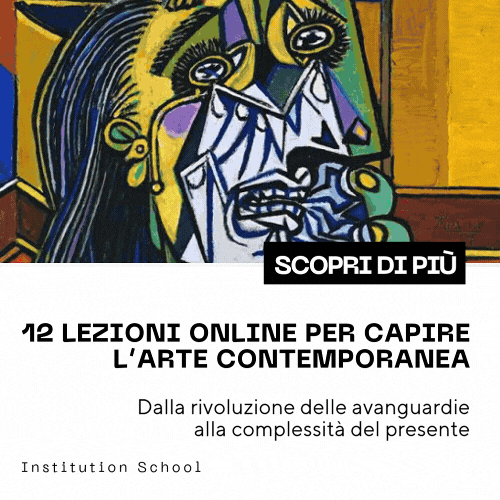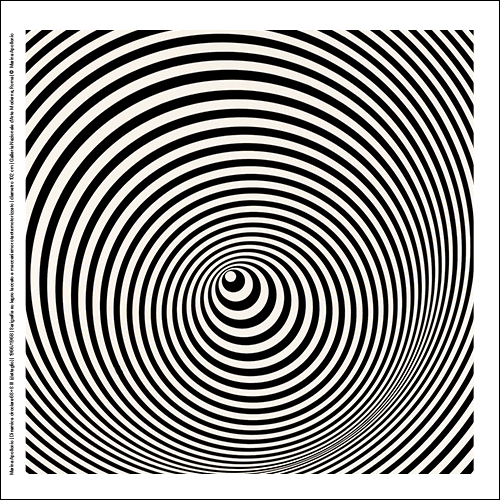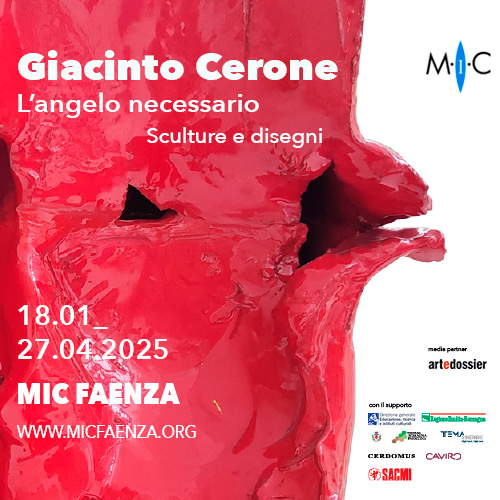Rome, Guido Reni's Vision of St. Andrew Corsini stars in exhibition at Palazzo Corsini
From Nov. 16, 2018 to Feb. 17, 2019, Guido Reni ’s (Bologna, 1575 - 1642) Vision of St. Andrew Corsini (Bologna, 1575 - 1642), one of the great masterpieces of the Emilian artist, is the focus of the exhibition Guido Reni, the Barberini and the Corsini. History and Fortune of a Masterpiece, at the Galleria Nazionale d’Arte Antica di Palazzo Corsini in Rome. Curated by Stefano Pierguidi, the exhibition revolves around one of the most emblematic paintings in the history of the National Galleries’ collection: Guido Reni’s Vision of Saint Andrew Corsini, commissioned by the Corsini family for the canonization of the saint who lived in the 14th century, which took place in 1629 during the pontificate of Urban VIII, born Maffeo Barberini.
Reni’s masterpiece, now kept at the Uffizi Gallery, was housed in the rooms of Palazzo Barberini until 1936, when it passed to the Corsini of Florence. In the exhibition it is compared, for the first time, both with the replica executed in 1732 by Agostino Masucci (Rome, c. 1691 - 1758), which remained in Via della Lungara and was made for the mosaic version commissioned by Pope Clement XII, born Lorenzo Corsini, for the altar of the family chapel in San Giovanni in Laterano (1730), and with the painting preserved at the Pinacoteca Nazionale in Bologna, by Reni himself, which depicts the saint in a different attitude. The latter work will come to the exhibition after careful restoration funded by the Barberini Corsini National Galleries.
The work from the Uffizi is a paradigmatic masterpiece of seventeenth-century devotion, with references to Raphael and antiquity, in an alternative formula to the more thundering Baroque of Bernini and Pietro da Cortona. Reni, after a confrontation with Caravaggio’s naturalism, then moved towards a gradually more rarefied painting, arriving in the last years of his career at precious chromatic accords, of lilacs and oranges, such as those admired in his second interpretation of the Sant’Andrea Corsini, later by ten years.
The technical experimentalism of Reni, a painter who worked as much in fresco as in oil, on canvas, copper, touchstone and even silk, will be analyzed in the second section of the exhibition. As early as the first half of the 17th century and throughout the 18th century, his works, as seen with the Masucci, were replicated in mosaic and tapestry. From Palazzo Barberini comes Reni’s Sleeping Putto as a fresco detached from the wall and still provided with its frame specially commissioned by Cardinal Francesco Barberini in 1629, attesting to the master’s exceptional collecting fortune, and to the special predilection the Barberini family had for him. Also on display in the exhibition will be the mosaic version, by the specialist Giovanni Battista Calandra (Vercelli, 1586 - Rome, 1644), of the Portrait of Cardinal Roberto Ubaldini executed by Reni, and the mosaic Sibilla Persica, now belonging to the collection of Palazzo Pitti in Florence, attested in the 18th century in the palace on Via della Lungara. The latter is a masterpiece by mosaicist Mattia Moretti who also worked on cartoons by Masucci, for mosaics sent to Portugal.
“Bringing Guido’s masterpiece back to Rome, for the time of at least one exhibition,” says curator Pierguidi, “was almost a due act. Although for painting, in fact, the Barberini name is perhaps linked first and foremost with Pietro da Cortona and Andrea Sacchi, probably both Urban VIII and Cardinals Francesco and Antonio esteemed no painter more than Reni, and the pontiff’s family always did everything they could to obtain from the master altarpieces for the city’s churches and paintings to send outside Rome as diplomatic gifts, and this despite the fact that the great artist did not want to live in the Urbe, preferring his beloved hometown.”
The exhibition can be visited during Palazzo Corsini’s opening hours: Wednesday through Monday from 8:30 a.m. to 7 p.m. (Tuesday is closing day, last entry at 6 p.m.). Closed December 25 and January 1. Ticket (valid for exhibition, Palazzo Corsini and Palazzo Barberini): full 12 euros, reduced 6 euros (ticket is valid 10 days from its stamping). An illustrated catalog will be published for the occasion, published by Officina Libraria, with texts by the curator. For more information you can visit the Barberini Corsini National Galleries website.
Pictured: Guido Reni, Saint Andrew Corsini (c. 1629-30; oil on canvas, 233 x 155 cm; Florence, Uffizi Galleries )
 |
| Rome, Guido Reni's Vision of St. Andrew Corsini stars in exhibition at Palazzo Corsini |
Warning: the translation into English of the original Italian article was created using automatic tools. We undertake to review all articles, but we do not guarantee the total absence of inaccuracies in the translation due to the program. You can find the original by clicking on the ITA button. If you find any mistake,please contact us.





























